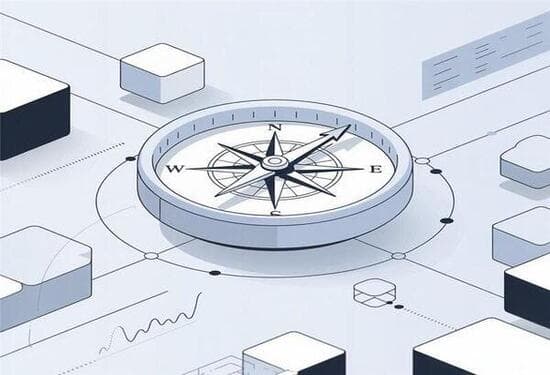Mayank Patel
Apr 7, 2025
4 min read
Last updated Apr 7, 2025

When launching a new product—whether it’s a fresh seasonal drop, a limited-time collaboration, or a completely new SKU—you often face the same core problem: no historical data. No prior sales patterns. No customer behavior data. No previous forecasts to lean on.
But decisions still need to be made—about inventory, pricing, marketing, and fulfillment. This guide breaks down how to approach these zero-data SKUs using a blend of structured thinking, smart proxies, early signals, and adaptive systems.
Even without historical data, you can’t operate in a vacuum. Begin with assumptions built around:
These aren’t perfect—but they’re working hypotheses, and that’s better than flying blind.
Tip: Create a lightweight “SKU Assumption Template” where you log the category, price tier, expected marketing push, launch channel, and fulfillment method. Use this to compare similar past launches—even if the product is technically “new.”
When historical data for the SKU doesn’t exist, use similarity models. Look for analogs:
If your last collaboration with Artist X sold 500 hoodies in 3 days, your new drop might follow a similar trajectory—adjusted for changes like price point or season.
Also Read: Do Shoppers Love or Fear Hyper-Personalization?
The goal is to find patterns of performance from similar contexts, not identical products.
Use drops with similar:
If internal analogs don’t exist, tap external ones. It’s not perfect, but it's better than guesswork. Look at:
Pre-launch data can be a goldmine. Use it to adjust expectations before inventory locks in:
If you’re seeing stronger signals than previous launches, that’s your cue to up inventory. Weak signals? Dial it back or hold some units in reserve.
The first 24–72 hours of a new SKU’s lifecycle provide real-time learning. Monitor:
Push this data into your ops + marketing teams daily. Don’t wait for the week to end. React fast. Example: If size M sells out in 12 hours but others linger, trigger a "Notify Me" form or restock email, and consider a limited pre-order run.
Also Read: Why Retail Tech Needs to Think in Probability, Not Certainty
For truly unpredictable SKUs, consider:
A tiered inventory strategy works well:
Backfilling also works—especially if you have agile manufacturing or local production relationships.
As you gather more launch data, your team should build a “zero-data SKU” forecasting toolkit. It should include:
This lets you run “what-if” scenarios. E.g., “If this new collab gets a 30k email push and 5 influencer posts, and performs like our last 2 hoodie drops, what should inventory look like?”
Keep refining these models with every launch.
After every new drop, run a retrospective. Document:
Save this in a “Drop Debrief” database. Over time, it becomes a playbook for handling future unknowns.
Handling SKUs with no historical data is hard—but not impossible. You can make smart, proactive decisions by combining structured assumptions, proxy insights, early signals, and fast feedback loops.
The biggest mistake is treating these launches as “unpredictable.” They’re less predictable, yes—but with the right process, they can still be measurable, learnable, and improvable.
If you treat each new drop as both a launch and a test, your system will get sharper over time—and so will your outcomes.